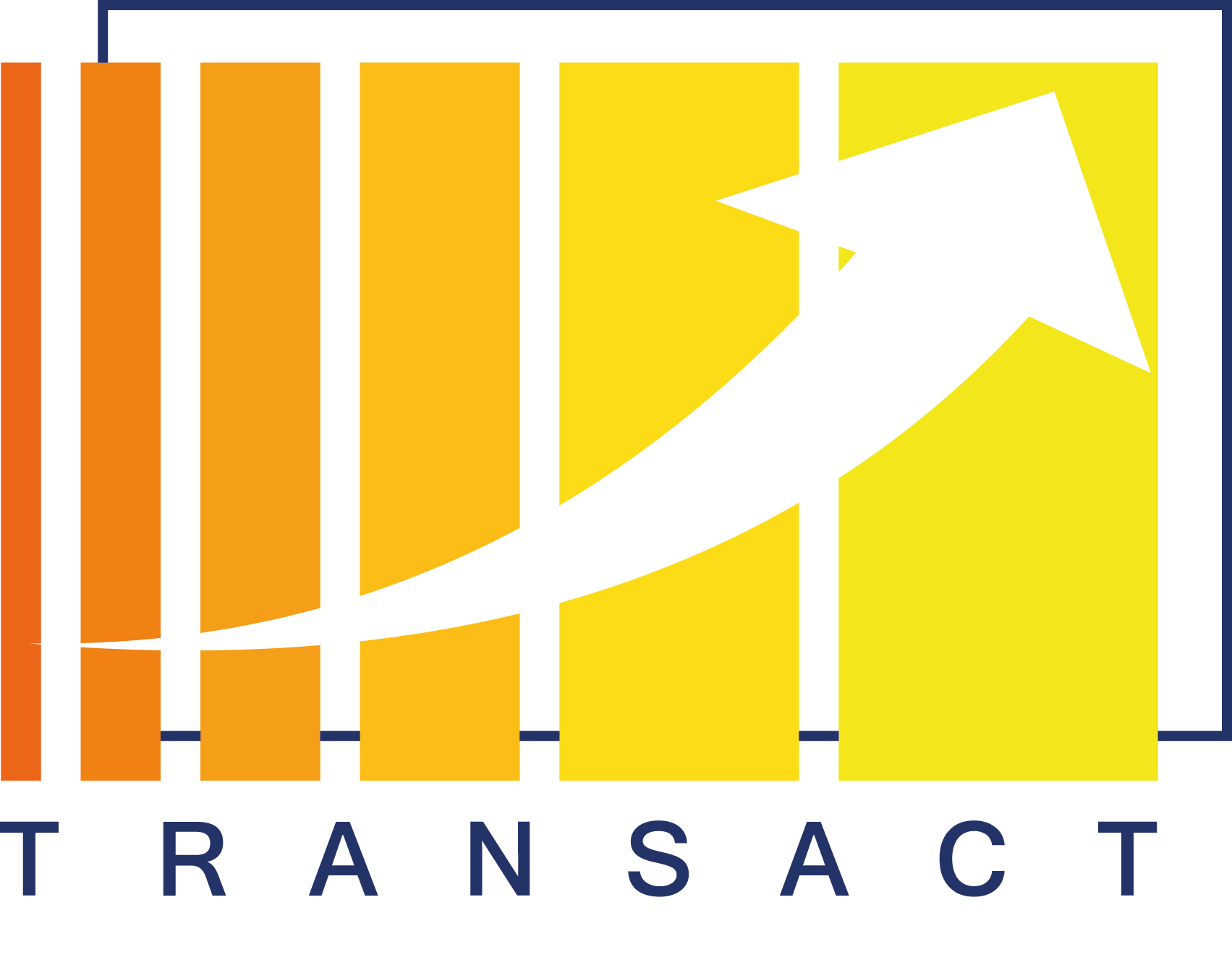So far, the Battery Management System (BMS) of a Battery Electrical Vehicle (BEV) is an isolated and disconnected solution. Within the TRANSACT project, the BMS will be distributed over the Cloud-to-Edge Continuum. The goal is to identify and enable new features which become possible after this transformation with respect to safety but also to non-safety critical functions. That may include data analytics to provide more details about the state of the battery and also identification of critical cells of the battery pack. Further, cross-communication of one or several fleets enables to exchange learnings without exchanging raw data, in other words: swarm intelligence.
Such an extension to a distributed and connected solution is inherently accompanied by an increase of the attack surface. Hence, a risk analysis was performed to identify and assess the critical components before and after the transformation.
The first demonstrator of this Use Case builds the basis for further developments. A gateway was designed to host services but also to connect both worlds, the vehicle and the cloud. Modern technologies are employed to deliver a cloud native environment for fast development and deployment. It also brings enough computational power to run neural networks but also to provide edge computing.

For the connection to the car, the gateway supports CAN (Controller Area Network) and BLE (Bluetooth Low Energy) as input channels. While CAN is the automotive standard for wired in-vehicle communication, BLE introduces new possibilities to access supplemental sensor data when wires are not desired. E.g., data of the pressure within the battery pack can deliver valuable information to assess the health state and detect abnormal situation to prevent thermal runaway. However, while BLE is abundantly used in the consumer market and for IoT (Internet of Things), more strict requirements must be met when applied in the automotive domain. Therefore, protocols, methods, tools and frameworks were investigated and developed in order to assess and improve the dependability of the BLE connection. Security also plays an important role and mechanisms were integrated to secure the link.
For the connection to the cloud, best effort cellular network communication is used. Live data are now transmitted from the demonstrator vehicle to the cloud backend where data are processed, stored and made available for data analytics. The vertical and horizontal scalability of the cloud instance enables to connect literally an unlimited amount of devices and to run advanced models on aggregated data, which is not possible for a standalone BMS as it only processes real-time data.
The connection from vehicle to cloud is now established, accordingly the next steps focus on exploitation of the available data and extending the uni- to a bi-directional connection. More precisely, this includes the development of a framework for centralized BMS cross-communication, the capability of performing remote updates of both, the gateway and the BMS, and provide interfaces for driver interaction but also third party integrations. Additionally, the availability of the data will be leveraged by employing classical and artificial intelligence for data analytics.





No responses yet